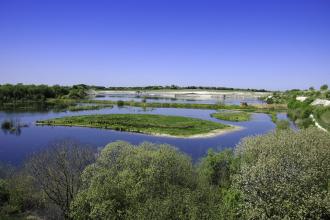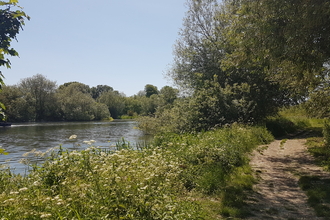Wherever you live there is likely to be water close by, whether it’s a canal cutting through town, a brook babbling away in a secluded wood, or a local lake, pond or reservoir. These can be wonderful places for a walk, and even better for getting close to nature – for where there’s water, there’s wildlife!
The first creatures you catch sight of are likely to be birds. Swans sailing serenely across the surface, a mallard herding a row of fluffy ducklings, or a grey heron stalking the shallows, poised to pluck an unsuspecting fish from the water. If you’re lucky, you might see a flash of colour in the form of a kingfisher or a grey wagtail.













